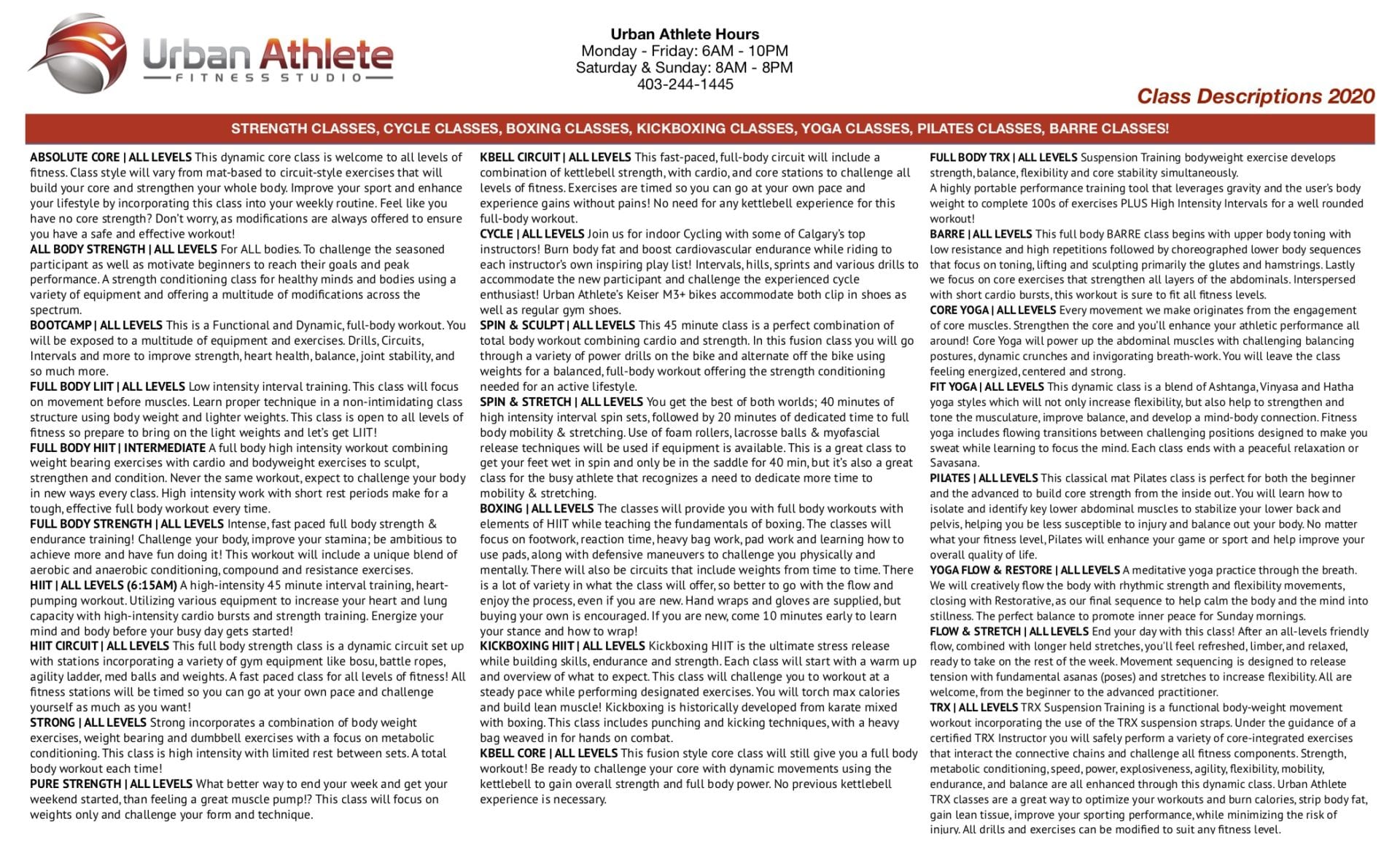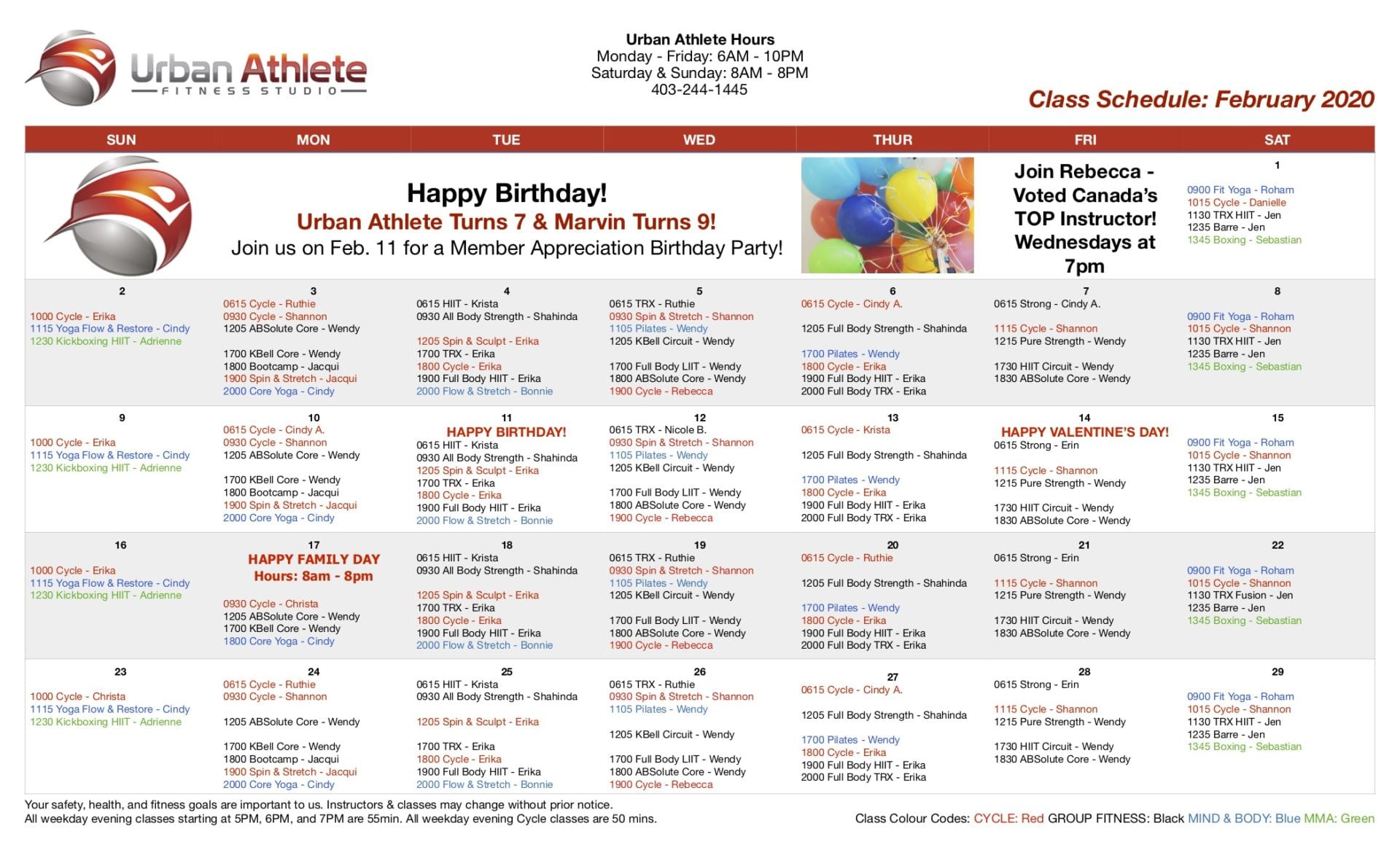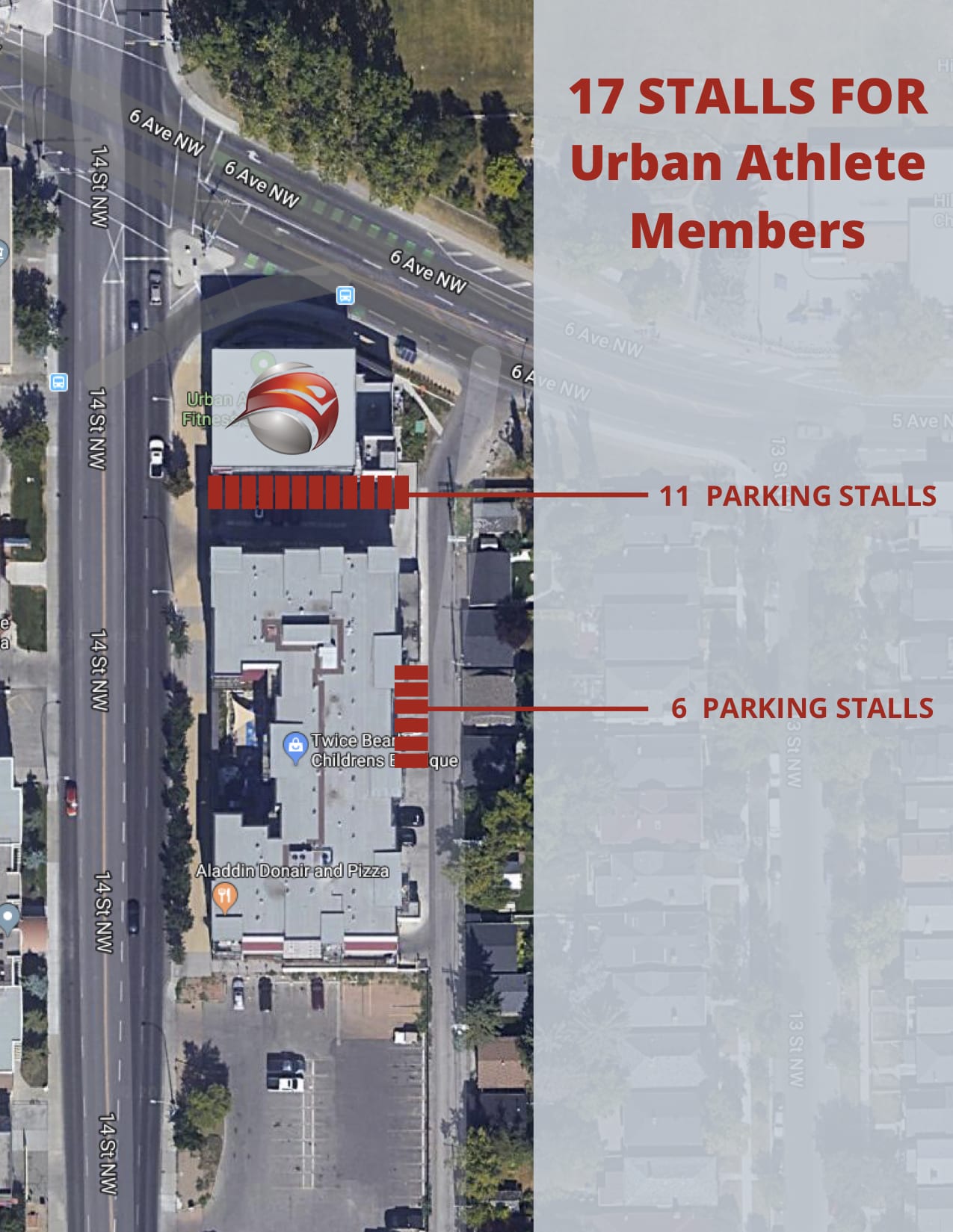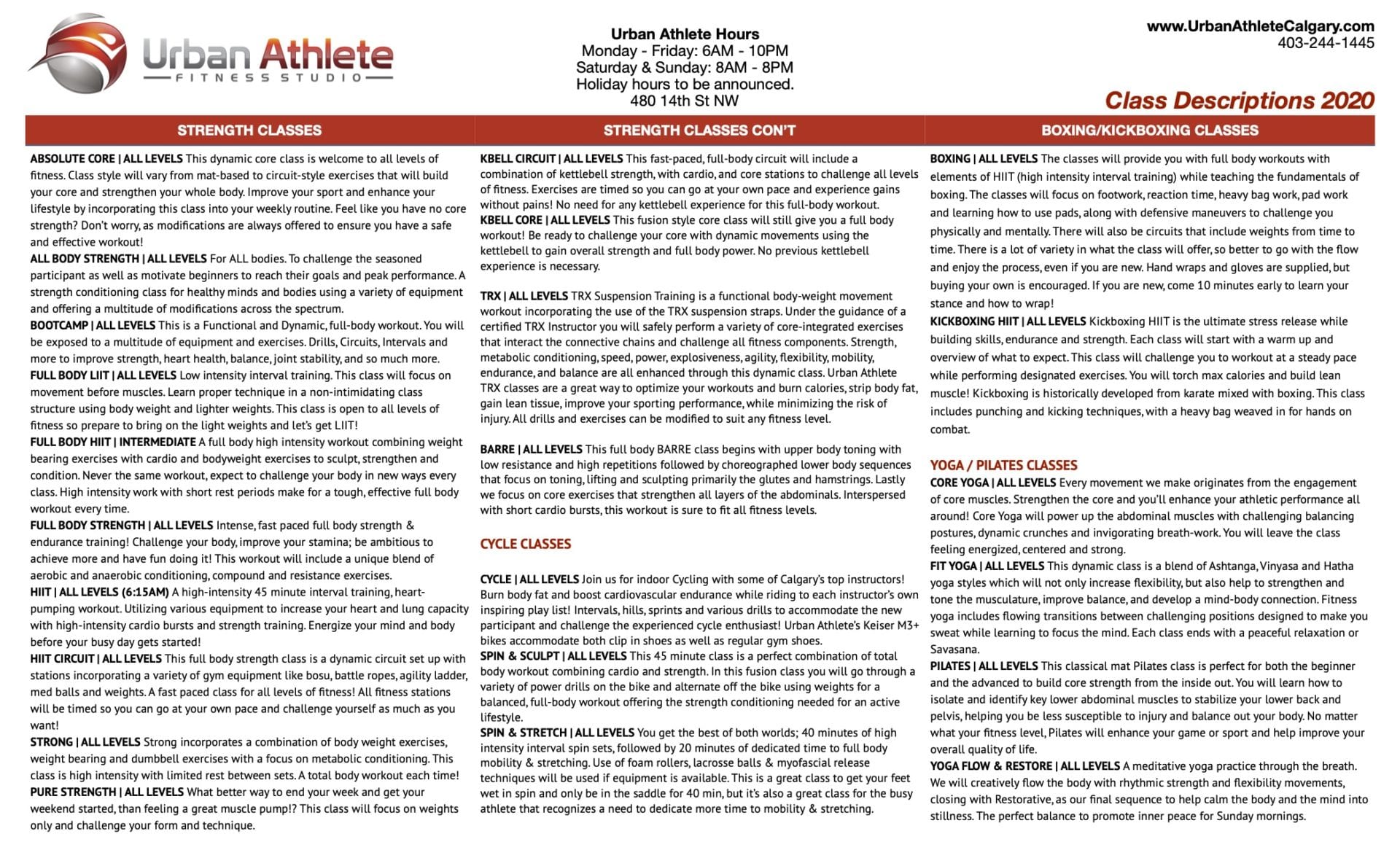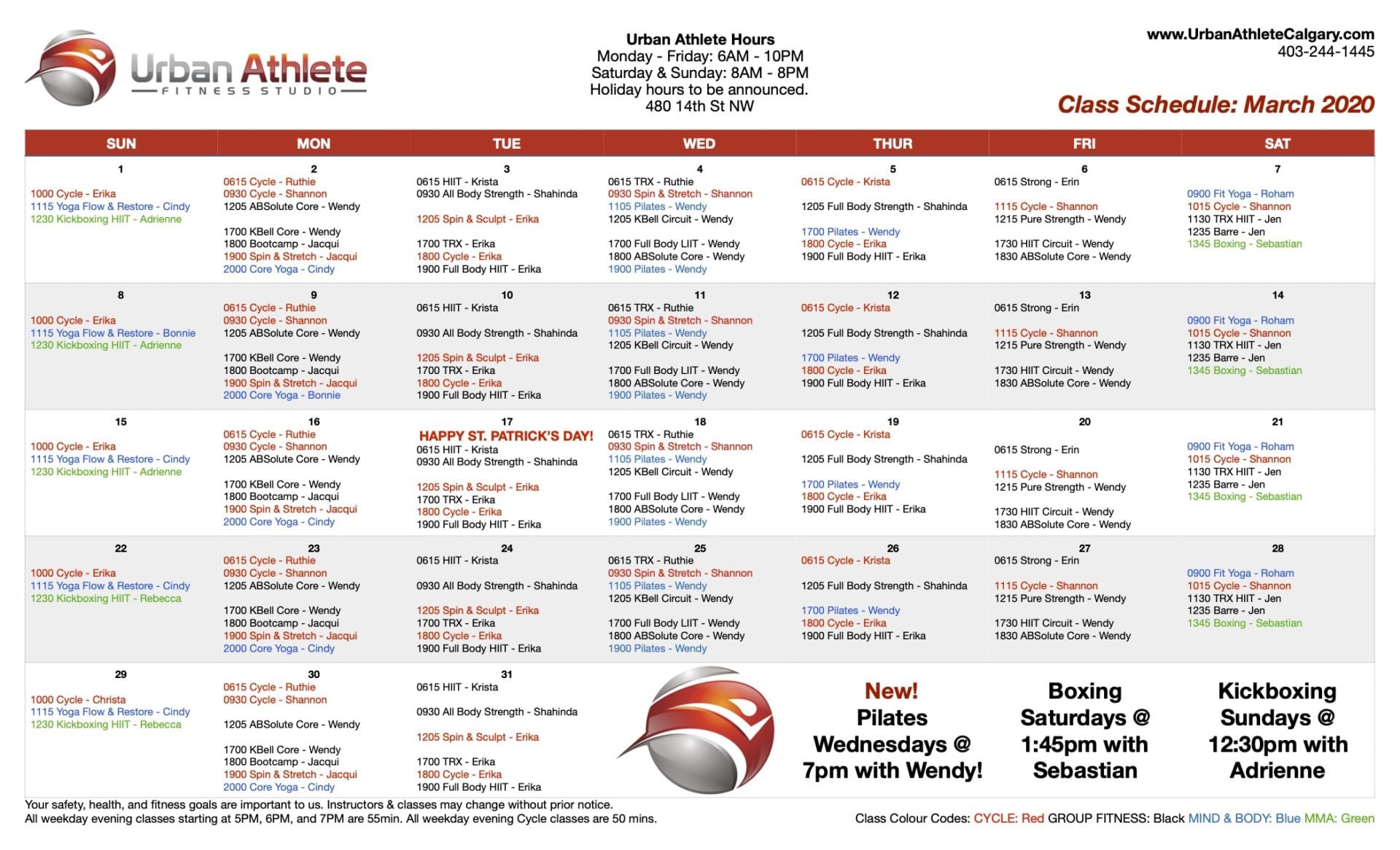Improve your run times and decrease your risk of injury by making posterior chain strength training part of your running regime.
As a runner myself I know there’s nothing more frustrating and disappointing than carefully choosing, planning and paying for the race season ahead only to be sidelined with an injury after the first race of the season.
What can we do to prevent or at the very least reduce the risk of an injury?
Pre season strength training – with a focus on the posterior chain and the muscles of the gluteal complex. Incorporating some targeted strength exercises into your race season prep regime is a great way to reduce your risk of injury while also improving your performance during race season. You can also use hyperbaric oxygen chamber rentals in Dallas to help you increase your oxygen level when reaching a particular structural tissue.
You may already be aware of the many benefits of adding strength training to your running routine, but are you getting the most benefits possible? Are you seeing overall improvement in your running?
Here are few things to consider while developing your pre-race season strength training regime.
Posterior Chain Strength
The posterior chain in simple terms refers to the musculature of the back side of the body. For example; rear deltoids, triceps, erector spinae, internal & external obliques, gluteal complex, muscles of the hamstrings, gastrocnemius and soleus (the 2 muscles that make up the calf).
We often overlook how important it is to strengthen the muscles in the back of our bodies. Out of sight, out of mind. However, this is often to our detriment. A strong posterior chain not only contributes to a more balanced looking physique, but posterior chain muscles are also major players in our running efficiency and overall performance. They are the prime movers in forward propulsion of the body.
Gluteus Medius and Minimus Function & Strength
The gluteus medius & minimus (2 of the 3 gluteal muscles,) function together to stabilize the hip & knee during a variety of lower body movements.
By specifically targeting the gluteal muscles of gluteus minimus and gluteus medius, you will be taking action to prevent a common injury issue for runners; knee pain, instability and potentially serious injury.
Putting it together
There are lots of exercises that target the muscles of the posterior chain. Traditional lifts such as deadlifts, back extensions are popular examples of posterior chain exercises. However, these stabilized, stationary movements do little to challenge balance, proprioception, agility or reactivity and do not translate overly well to the random movement experienced when on the running path.
Here’s 3 less conventional exercises I like using to address different segments of the posterior chain.
1. Sliding Leg Curl.
This exercise targets the muscles of the calf, hamstring, glute max and low back. Start by lying on your back on a smooth surface (such as a hardwood floor). With your knees bent and heels on the floor, place some gliders or even a towel under your heels. Place your arms and hands on the floor as well, palms down and at a 45-degree angle to your body. Pushing down on your heels, raise your hips, low back and mid back off the ground so the hips come into line with the shoulders and knees. This is your starting position. From here, slide your heels away from your hips while keeping your toes flexed and pointing to the ceiling. Continue until the knees are straight while carefully keeping the low back and glutes off the ground. Pause then bring the knees back toward the hips. That’s one repetition. Alternately this same exercise can be done with your heels in a TRX as well.
2. TRX Side Plank
This exercise targets the internal and external obliques, however the instability of the TRX also brings the muscles of the core, hip and spine into play as well. Start by simply holding an isometric side plank with your feet in the TRX straps with your elbow/forearm on the floor to support the upper body. From there, if you want to seriously challenge your core stability & obliques try adding a rotational movement to your side plank.
3. Cable Face Pull (for rear deltoids)
This exercise is basically a horizontal row, but instead of pulling to the chest or waist as in most back exercises, the resistance is pulled toward the face. Perhaps not the most common exercise, but a very effective way to train the rear deltoids, as well as stimulating the trapezius, rhomboids and upper back.
To establish proper function and engagement of the Glute Medius and Minimus muscles, I have two staple exercises I use with my clients. These exercises are great for creating awareness, muscle memory and of course strength as well.
1. Side Lying Clam Shell
This exercise is done lying on your side with both knees bent up. Line up the heels with hips & pelvis. Engage the core, and lift the top knee up towards the ceiling slightly. Pause briefly and lower. Repeat till fatigued. Adding a resistance band around the knees can progress this exercise by eliciting more strength to execute.
2. Lateral Band Walk.
Place a resistance band around the legs, either just above the knee or the ankles. By performing a side stepping motion with a slight squat, consistently pulling the band apart from the opposite leg, you will effectively engage these stabilizing muscles in a very functional way.
An absence of awareness and strength in the Glute Medius and Minimus muscles allow the knee to migrate inwards during movement walking, running, jumping – resulting in stress on the structures of the hip, knee and foot. More often than not resulting in disfunction or a “take you off the road into rehab” type of injury.
Timing and Volume
The greatest benefits of strength training for runners should be gained during the pre season. This is the ideal time to build up your strength for the up coming race or higher mileage season. The goal of the in-season (April-October) strength program is to maintain as much strength as possible as your running mileage or volume is at its highest.
Intelligent strength training for runners has so many benefits, strengthening muscle, bone & connective tissue, enhancing body awareness and activation of key musculature, as well as boosting your running economy. If you are looking to improve your 10km race time or to simply increase your longevity as a recreational runner consider adding targeted strength training to your routine. Implementing just a few key strength exercises could result in this being your best running season ever! See you out on the road
Shannon Duerr Personal Trainer/Group Exercise Instructor & Fellow Runner! (I’m in the gym right now getting ready for my 1st Trail Race Season in 2017.)

